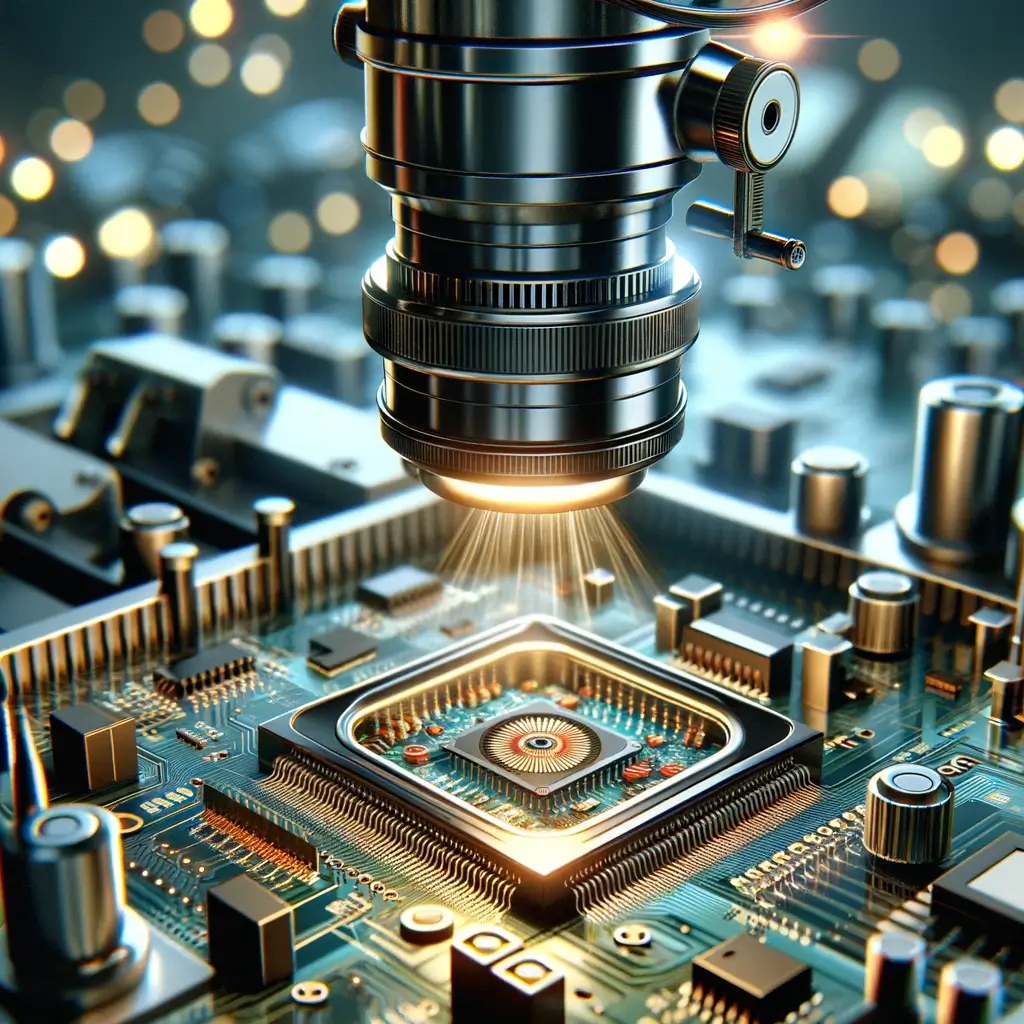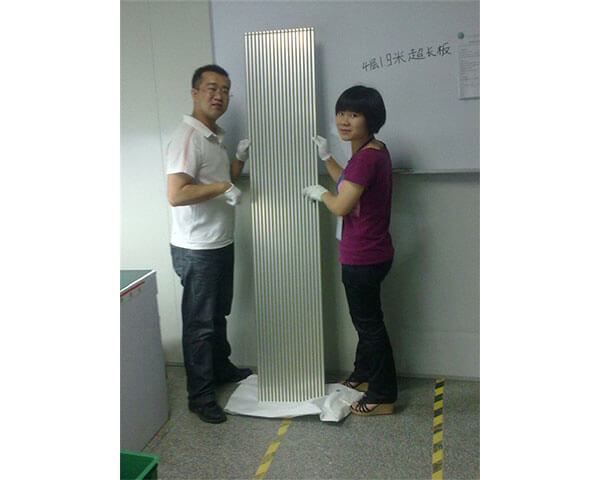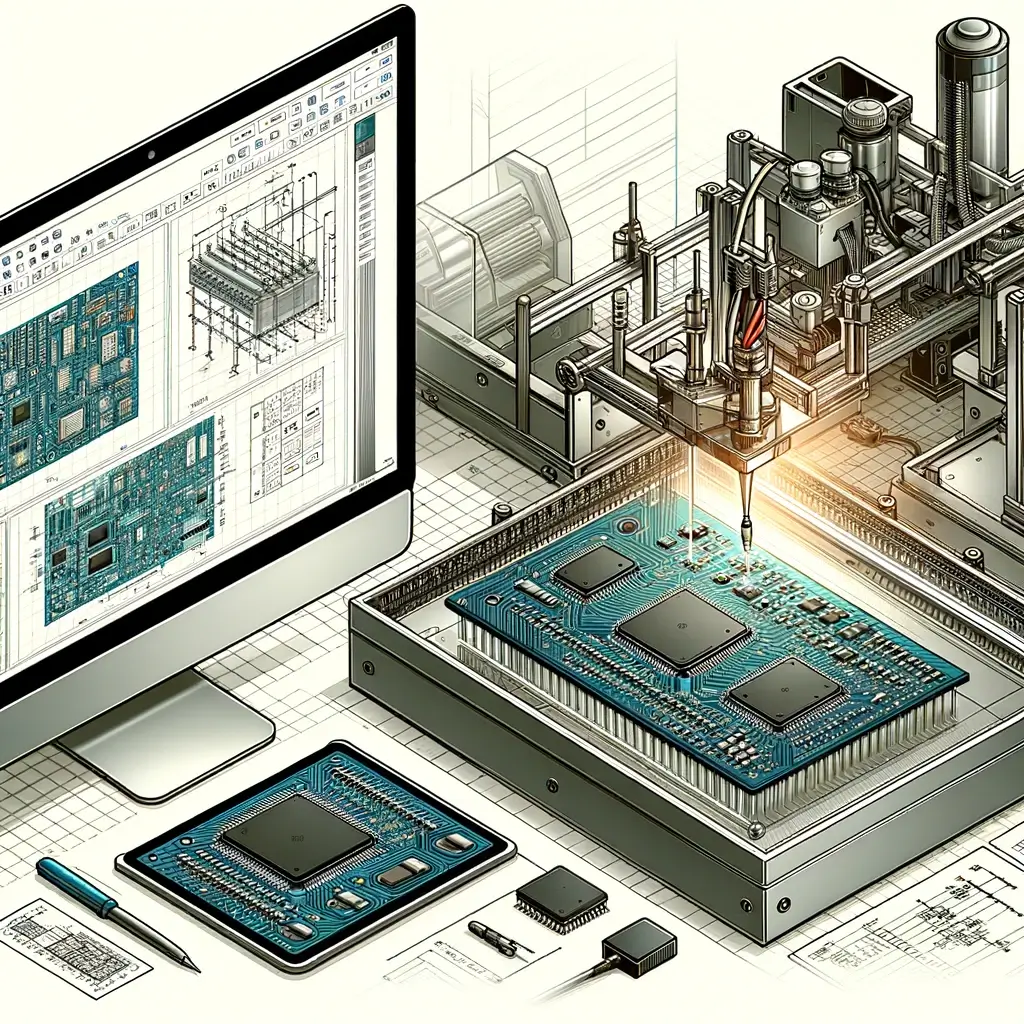Common Issues You Should Avoid When Transitioning to Machine PCB Assembly
Making any kind of change can come with its fair share of frustrations and pitfalls, but those issues can just about double when it comes to change in a highly technical industry like printed circuit board (PCB) fabrication. So when it comes time for you to make the switch from hand-made PCBs to automated PCB assembly, it’s important to know what you’re up against.
Are you ready to learn what to watch out for during this tricky transition? If you answered yes, keep reading.
Lack of Silkscreen
When the time comes for you to make the move to automated PCB fabrication and assembly, you may be tempted to do away with silkscreen. When that urge hits you, ignore it. Of course, this isn’t a reliability problem. Rather, it helps ensure complete and total accuracy when your machines are performing circuit board assembly services. A clear silkscreen will help you identify and correct any errors that might crop up during assembly.
Easing up on Quality Checks
It’s definitely true that switching from man to machine for PCB fabrication helps ensure more accuracy and a higher rate of consistency across the production line. That being said, machines are still far from perfect creators. So while you may think quality checks don’t need to be as intensive, they should remain a constant during this transition and beyond. If a machine isn’t programmed correctly, it could repeat the same problem hundreds or even thousands of times. Neglecting quality checks on your PCB products could result in a boatload of other problems you definitely don’t want to deal with at an already challenging time.
Letting Moisture Slide
Moisture is an unfortunate villain in the PCB assembly line, and it doesn’t stop when you switch to machine-made PCBs. There’s moisture in the air, and plastic is notorious for absorbing it. And if that moisture turns to steam in the assembly process, it could end up ripping your PCBs apart. It’s crucial to maintain high storage standards for your PCB parts in order to avoid these mishaps.
Machines are more efficient than humans in many ways. For instance, a single automatic line can place and solder more components than 50 human workers with more accuracy and consistency. That being said, it’s still important to watch out for the three pitfalls listed above.



